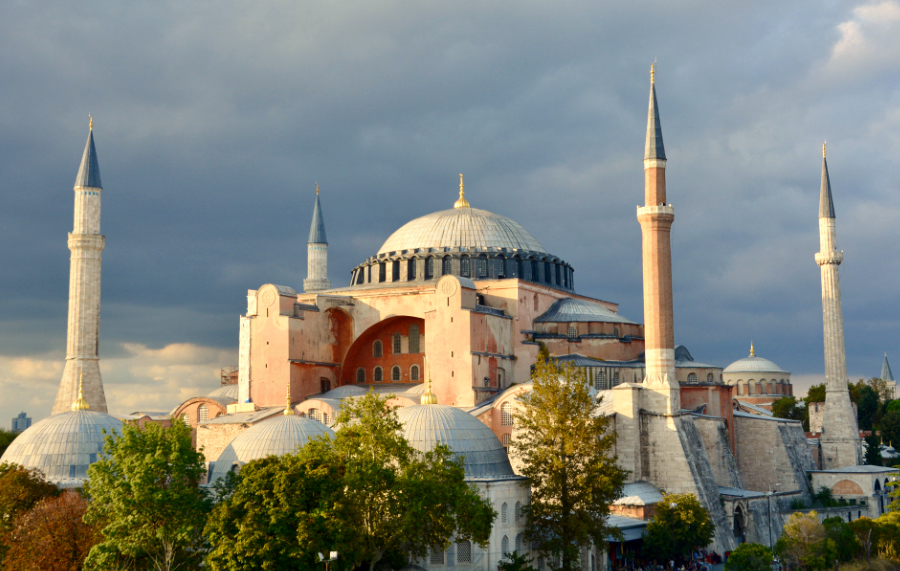
Istanbul - how does this title differ from the title above? Should I eliminate one?
Include my little map of how to get from the airport to downtown with public transportation
Istanbul is often described as ‘the crossroads of Europe and Asia’ – a heaving bazaar-city of camels, carpets and caravanserais with an imperial history stretching back for more than 1500 years. This metropolis of 15 million occupies both sides of an east-west land bridge divided by the 32km (20-mile) Bosphorus Strait, which also connects the trade routes of the Black Sea to the Sea of Marmara and the Mediterranean. As a result, the city has been a jealously guarded centre of world trade since the Byzantine era, and protected by water on three sides, with the natural harbour of the Golden Horn nestled within the city.
Even after Constantinople (as it was previously known) fell to the Ottoman Sultans in 1453, the city remained (and it still is) the trading post for valuable spices and textiles brought via the Silk Road from as far away as China. Its prime position has meant that Istanbul has suffered from frequent sieges, changing from a Hellenic outpost to New Rome, the world’s first Christian capital, and the seat of the world’s biggest Muslim Empire. Its identity today combines that of both eastern and European.
Fragments of this varied architectural inheritance are visible, with stunning Ottoman mosques, classical columns, Byzantine structures, ancient city walls and fine churches. Added to this, rapid industrialisation has drawn thousands of rural poor to the metropolis, resulting in a vast social gap between ‘natives’ and migrants and a growth rate at treble the national average. Its wealthy elite (about 25%) live in the newly built suburbs and enjoy the sophistication of Istanbul’s café society, designer shops, thriving nightlife (over 60% of Istanbullites are under 25 years old) and vibrant contemporary cultural life.
Since early 2000, Turkey was caught in the worst economic crisis since the republic was formed in 1924. The August 1999 earthquake, corruption scandals, global recession, the war in Afghanistan and the war in Iraq, all took their toll, with record high unemployment and inflation. Paradoxically, increased competition and vast devaluation of the Turkish Lira against hard currency saw a huge upswing in tourism over the last few years, as foreigners took advantage of excellent prices. The 2002 elections resulted in a new prime minister (Erdogan, leader of the moderate Islamic AK party) and a more stable economy, with inflation down to around 10% by early 2004.
Istanbul suffered from Islamic terrorism in November 2003, with several simultaneous bomb attacks in the heart of the city, targeting synagogues and western and financial centres, and resulting in dozens of deaths. Turkey recently made long overdue and internationally welcomed improvements to its human rights, hoping for future entry into the EU. In 2004, it signed a protocol banning the death penalty, Turkish state television broadcast its first Kurdish language programme, and four Kurdish activists were freed from jail.
With the buzzing atmosphere of the pedestrian Istiklal Caddesi and its hundreds of bars, cinemas, art galleries, restaurants and bistros, the city seems more funky and cosmopolitan than ever and young people even more keen on cultural expression. Istanbul’s climate is, in the main, a Mediterranean one, although it is affected by climatic variations due to its location on the Marmara Sea and Bosphorus. Summers are hot and winters are mild, with no extreme temperature variations between seasons.
Turkey is a country of great diversity in both culture and economics. The big cities enjoy a more modern, western-style culture and a wide array of economical options, whereas this is not always true for smaller towns in the East and Southeast.
The most significant Turkish city is definitely Istanbul, with a population well over 15 million, containing multitudes of ethnicities, religions, and backgrounds. Istanbul is the economic and industrial center of Turkey. The capital, Ankara, is the second biggest city in Turkey with a population of 6 million. Ankara is a newer city that hosts many government organizations, and has a more organized structure compared to the Istanbul, founded nearly three thousand years ago!
İzmir, Antalya, Bursa, and Adana are among the other big cities in Turkey, each with unique characteristics and a wide array of attractions.
Rug Merchants
We were offered help several times in the touristy areas by rug sellers. They were all helpful and friendly. They told us that they were not guides, and not asking for money. They only ask that you visit their rug store after they help you. It was a fun experience and I bought a rug. If you don't want to buy a rug and are susceptible to guilt trips and strong (but friendly) sales pitches, don't let yourself go into the store:) I for one wasn't planning on buying a rug, but am extremely happy with my purchase and the memory it gives me of the trip!
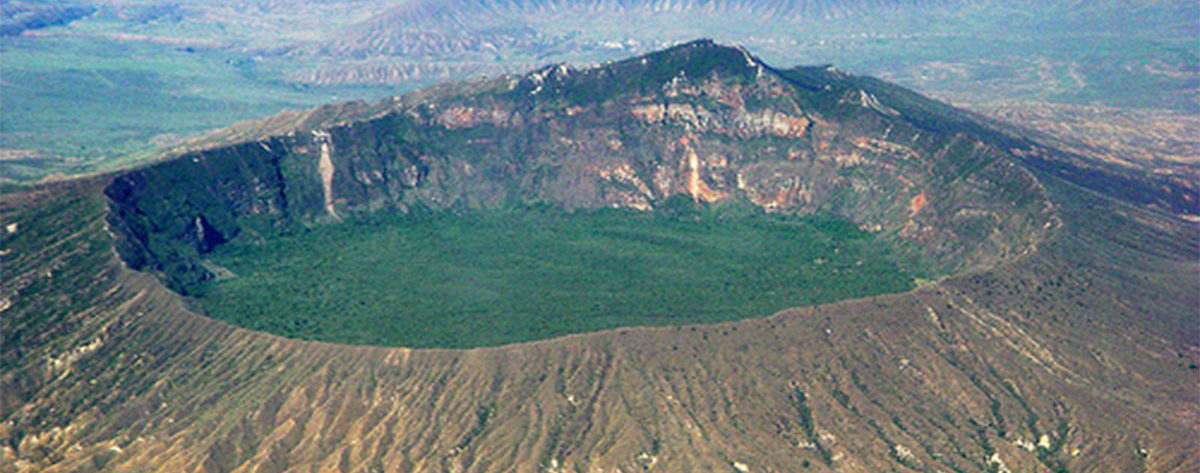
Mount Longonot
Mount Longonot began as a broad shield volcano around 500,000 years ago, built up by molten basalt. Explosive eruptions emptied its magma chamber, causing the summit to collapse and form a large caldera. A smaller inner crater was then formed within this. The volcano last erupted in the 1860s, sending lava flows down its northern flank. Active magmatic systems beneath the volcano are still present, as shown by geodetic activity in 2004-2006.
A unique forest thrives on the crater floor, providing a dense, lush environment that contrasts sharply with the surrounding volcanic rocks. This vibrant ecosystem is home to various wildlife species and birdlife, with visitors sometimes spotting buffaloes, zebras, and even giraffes from the rim. In 1968, Mount Longonot was declared a National Park, safeguarding its unique volcanic landscape and biodiversity for future generations. Today, Longonot is a popular destination for hikers drawn to its challenging trails and breathtaking views.
Ankara
https://web.archive.org/web/20071010024244/http://www.turkishclass.com/turkey_pictures_gallery_14Ankara is the capital and the second biggest province of Turkey. Ankara, lying in central Turkey, was the center of the Turkish independence movement after the first world war. Anitkabir, the mausoleum of Ataturk (founder of the Republic of Turkey) was built in Ankara. Ankara has important government organizations and many high quality universities.
Positioned at the intersection of important crossroads, Ankara has an extremely rich history dating back to more than four thousand years. Ankara region possesses plenty of artifacts and ruins from the Hatti civilization in the bronze age, then Hittites, followed by Phrygians and then Persians. Then, Ankara served as the capital of Galatians before being captured by the Romans. After Romans, it fell under the Byzantines before falling into the hands of Seljuk Turks under the rule of Alparslan. After the Seljuks came the Ottoman Empire, followed by present day republic of Turkey.
Places of interest in Ankara include Anitkabir, Museum of Anatolian Civilizations, the Ethnographical Museum, the Castle of Ankara, the Temple of Augustus, the Roman Bath, the Column of Julian, Kocatepe Mosque and Haci Bayram Mosque.
İzmir
https://web.archive.org/web/20070927220252/http://www.turkishclass.com/turkey_pictures_gallery_16Izmir is one of the most fascinating cities in Turkey thanks to its incredible past; current economic importance; and its breathtaking natural beauty. It is the third largest city in Turkey and its port is second only to Istanbul. A cosmopolitan and lively city all year round, it is a major attraction for tourists because of its great geographical location and because of its rich history reaching back to 3000 B.C.. It lies on the shores of the Aegan Sea and gently ascends the slopes of the surrounding mountains. At the beginning of its settlement as ancient Aolian city, Izmir equaled Troy as two of the most advanced cultures.
By 1500 B.C. it had fallen under the influence of the Central Anatolian Hittite Empire. In the first millenium B.C. Izmir, then known as Smyrna, ranked as one of the most important cities of the Ionian Federation. During this period, it is believed that Homer resided here. Around 600 B.C. Lydians conquered the city and ended the epoque of greatness. Alexander the Great built a new city in the 4th century B.C. on the slopes of Mt. Pagos. The Roman control transformed Izmir into an important trade and harbor center and marked the city's second great era. Byzantine rule followed in the fourth century and lasted until the Seljuk conquest in the 11th century. In 1415, under Sultan Mehmet Celebi, Izmir became part of the Ottoman Empire. During the times of liberation in the last century, lots of destructions took place. As the Greek army left the region after battles led by M. K. Ataturk in September 1922, Izmir started to grow again as a modern city of the new Turkish Republic. These days it has also become an important exporter of figs, tabacco, cotton, and silk.
Places of interest in the area are ample and include museums, mosques, historical sites, parks, modern shopping, and cultural centers like ballets and operas. Both residents and visitors enjoy an endless source of entertainment options.
Bursa
https://web.archive.org/web/20071016122024/http://www.turkishclass.com/pictureGalleries.php?parent=38Bursa was the Ottoman capital before Edirne - late 1200s-early 1300s. The two founding sultans of the Ottoman Empire, Orhan and Osman, are buried here. Bursa is also where the empire's great architectural style was first developed. Today it is a city of 1.5 million people and is a rapidly developing industrial and commercial center. The city is located south of Istanbul and across from the Marmara Sea. Because of it's location on the forested slopes of Uludag, the Bithynian Mount Olympus, it has been nicknamed: "Green Bursa".
Bursa has also been known for its Jewish community. After the conquest of the city in 1324, sultan Orhan permitted building of the Etz ha-Hayyim Synagogue, which was used for over 600 years.
Some of the places to see in Bursa are:
- Muradiye - a cemetery of many Ottoman Sultans and Princes
- Mausoleum of Osman and Orhan Bey
- Ulu mosque, also called the "Grand Mosque", which is located in the commercial center of town, next to the covered bazaar and silk manufacturers' bazaar (Koza Han)
- The district called Yesil (green) is an important part of town with its turquise colored mosque and inner mausoleum which were built during the sultan Mehmet I period.
Adana
https://web.archive.org/web/20070927215906/http://www.turkishclass.com/turkey_pictures_gallery_15Adana is the fourth biggest province in Turkey, with a population approaching 2 million. Adana is located on the east of Tarsus in southern Turkey, in the Mediterrenean Region. Despite the province bordering the Mediterrenean sea, the city center is about 50km from the sea.
River Seyhan, passing through Adana, makes the region (Cukurova) very fertile. Cukurova is the largest plain in Turkey, and it is formed by the soil carried by the River Seyhan and the River Ceyhan from the Taurus mountains in many thousands of years.
Seyhan and Yuregir are the capital cities of the province. The central part of the province consists of the old city of Adana and new Adana.
Production of cotton is very important for the economy of the province, and the main industry is textile. There is a big train station in the city center and an airport close to the center. In adition to these, the Incirlik Air Base of NATO lies about 12km east of the central Adana.
Adana province consists of 13 cities. These are Aladag, Ceyhan, Feke, Imamoglu, Karaisali, Karatas, Kozan, Pozanti, Saimbeyli, Seyhan, Tufanbeyli and Yumur.
Some significant sites in Adana are Adana Archeological Museum, Hasan Aga Mosque, Magarsus Church, Tas Kopru (A roman stone bridge over River Seyhan), Ulu Camii and Eski Camii.
Eastern Anatolia Region - Dogu Anadolu Bolgesi
https://web.archive.org/web/20070917115817/http://www.turkishclass.com/turkey_pictures_gallery_109Eastern Anatolian region is called the "ceiling" of Turkey due to the elevation of the mountains. The altitude results in a cold and harsh climate, and more difficult living conditions for the people living here. Eastern Anatolian Region borders Georgia, Armenia, Azerbaijan, Iran and Iraq on the east.
In the southern border of Malatya stands Mount Nemrut. It is associated with the huge statues of gods and kings of a now unknown ancient civilization. Mount Ararat in Agri is the highest point in Turkey. According to the legend in all three major religions, Noah's Ark landed on Mount Ararat after the great storm. Seljuk built Ishakpasa Palace in Dogubeyazit, by Mount Ararat, which has wonderful views definitely worth seeing. Lake Van, the largest lake in Turkey, is also in this region.
Southeastern Anatolia Region - Guneydogu Anadolu Bolgesi
https://web.archive.org/web/20071010025402/http://www.turkishclass.com/turkey_pictures_gallery_110Southeastern Anatolian Region lies on the plains of northern Messopotamia around the banks of the rivers Tigris and Euphrates. The temperature is very hot and dry, but agricultural production is increasing with the help of GAP (Southeastern Anatolian Project). This project involves building large hydroelectric dams to provide more water and change the face of the region.
Southeastern Anatolian Region is among the least developed parts in Turkey, and the gap between some towns in this region and large western Anatolian cities like Istanbul can be drastic. Despite the economical poverty, the region is quite rich in terms of history. Gaziantep, Diyarbakir, Adiyaman, Sanliurfa, Batman, Mardin, all have unique historical sites where you can feel the atmosphere of many older civilizations and visit their artifacts. Mount Nemrut on the north of Adiyaman is especially worth a visit with its large statues of ancient kings and gods.
Religious Sites in Turkey
https://web.archive.org/web/20071010060758/http://www.turkishclass.com/turkey_pictures_gallery_113The lands where today's Turkey is, the Anatolian peninsula, has played a central role in the birth and development of many religions. You can find temples built for Apollo, Aphrodite, Zeus and other Greek gods, you can follow the evolution of religions in history looking at the religious artifacts of the Anatolian civilizations, and you can admire the statues of old Anatolian gods on Mount Nemrut.
Biblical sites are also plentiful in Turkey. The house of Virgin Mary, church of St. Nikolai, birthplace of St. Paul, the great Hagia Sophia and Ephesus are just a few to name. Being the capital of the Muslim world for centuries, Turkey also has many Islamic artifacts and arguably the best examples of mosque architecture anywhere.
Visitors go to Ephesus for pilgrimage, follow the footsteps of St. Paul in his holy journey through Anatolia, or see the holy artifacts from prophet Muhammed in Topkapi Palace. In Istanbul, many old and new Muslim, Christian and Jewish temples stand together.
NEW PAGE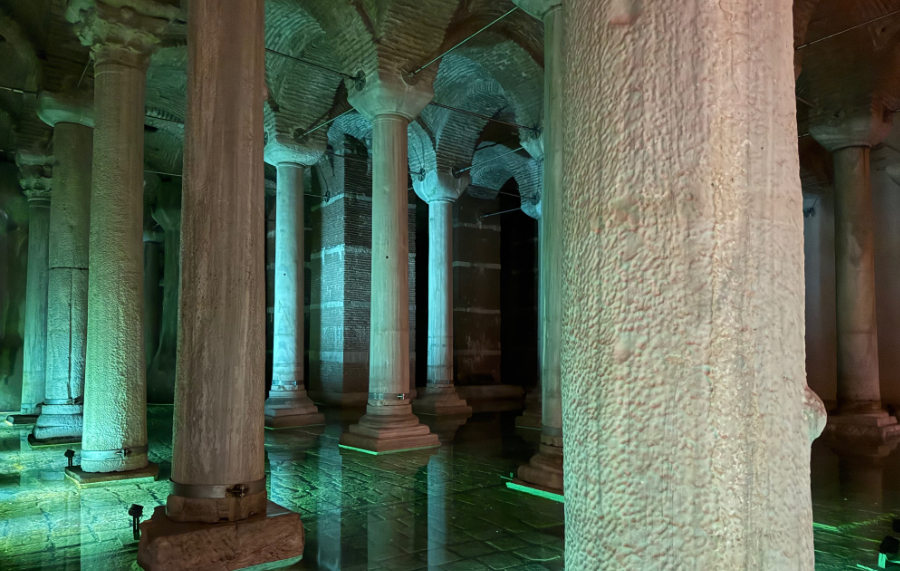
Istanbul
https://web.archive.org/web/20071010120953/http://www.turkishclass.com/turkey_pictures_gallery_1Istanbul, in northwestern Turkey, is the biggest province of Turkey. Although it is not the political capital, it is the capital of the economy, business, culture, and industry in the country. Istanbul city center is located on both sides of the Bosphorus, the border between Europe and Asia. Istanbul is the only city in the world that lies on two continents.
Throughout its long history, Istanbul has always been a very important and busy city and remains among the most crowded cities of Europe. Istanbul was founded by the Roman emperor Konstantinos in year 330. The name of the city used to be Constantinopolis with reference to its founder. Istanbul has been the capital of the Roman empire and Byzantium.
After the takeover by Ottoman emperor Fatih Sultan Mehmet in 1453, the name of the city was changed to Istanbul. The takeover of Istanbul marks the end of the middle age and the beginning of the new age. Istanbul became the capital of Ottoman Empire until the collapse of the empire.
Some important districts on the European side of Istanbul are Taksim, Eyup, Sariyer, Emirgan, Bebek, Kabatas and Besiktas. Across the Bosphorus Beykoz, Uskudar, Kadikoy, Moda, Bostanci, and the Princess Islands lie on the Asian side.
Some important historical and touristic sites of Istanbul are Galata-Pera, Topkapi Palace, Hagia Sophia, the Grand Bazaar, Blue Mosque, Suleymaniye Mosque, Istiklal Avenue, Golden Horn, Dolmabahce Palace, Taksim Square, Basilica Cistern, Beylerbeyi Palace and Leander's Tower.
More in Istanbul... (at bottom of this page) https://web.archive.org/web/20071010120953/http://www.turkishclass.com/turkey_pictures_gallery_1 Basilica Cistern (Yerebatan Sarayi) Beylerbeyi Palace - Beylerbeyi Sarayi Bosphorus Cengelkoy Dolmabahce Palace - Dolmabahce Sarayi Eminönü Emirgan Grove Eyup Galata Hagia Sophia - Ayasofya Halic - Golden Horn Haydarpasa Istanbul University - Istanbul Universitesi Istiklal Avenue - Istiklal Caddesi Kadikoy Kapalicarsi - Grand Bazaar Kariye Muzesi Leanders Tower - Kiz Kulesi Misir Carsisi - Egyptian Bazaar New Mosque - Yeni Camii Obelisk - Dikilitas Ortakoy Polonezkoy - Adampol Princess Islands Rumeli Fortress - Rumeli Hisari Sariyer Suleymaniye Mosque - Suleymaniye Camii Sultanahmet Camii - Blue Mosque Taksim Tatilya Topkapi Palace - Topkapi Sarayi Uskudar Marmara Region - Marmara Bolgesi Favourite Vacation Spots in Turkey Big Cities and Provinces in Turkey





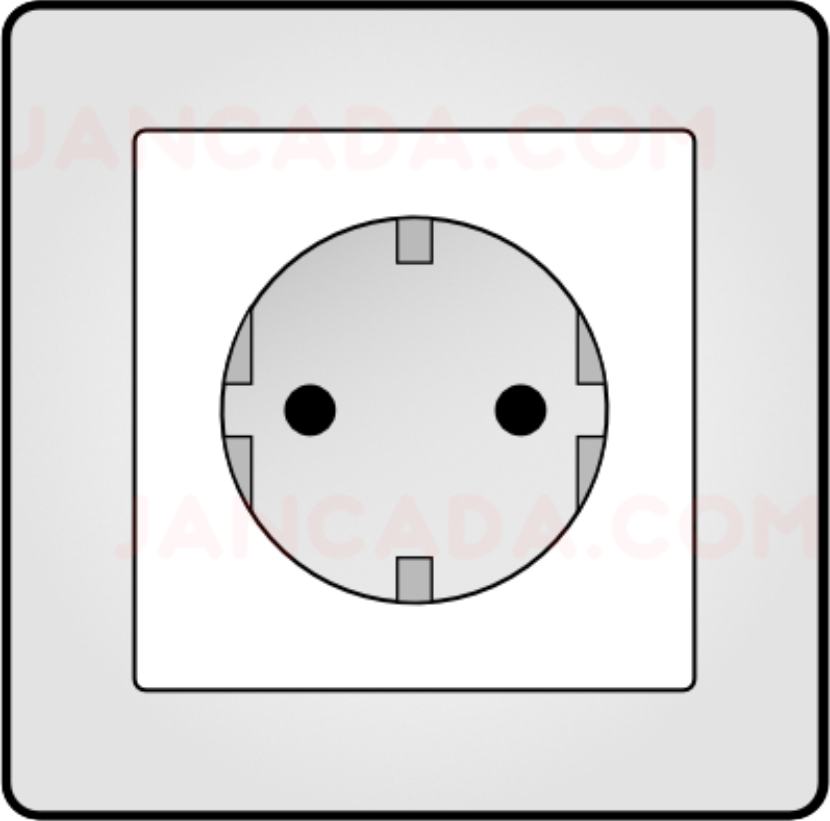







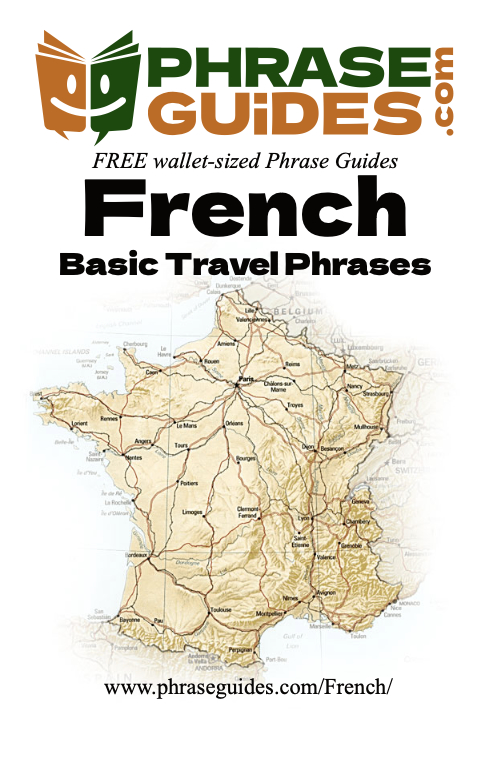


Georgia Reader Reply
Et rerum totam nisi. Molestiae vel quam dolorum vel voluptatem et et. Est ad aut sapiente quis molestiae est qui cum soluta. Vero aut rerum vel. Rerum quos laboriosam placeat ex qui. Sint qui facilis et.